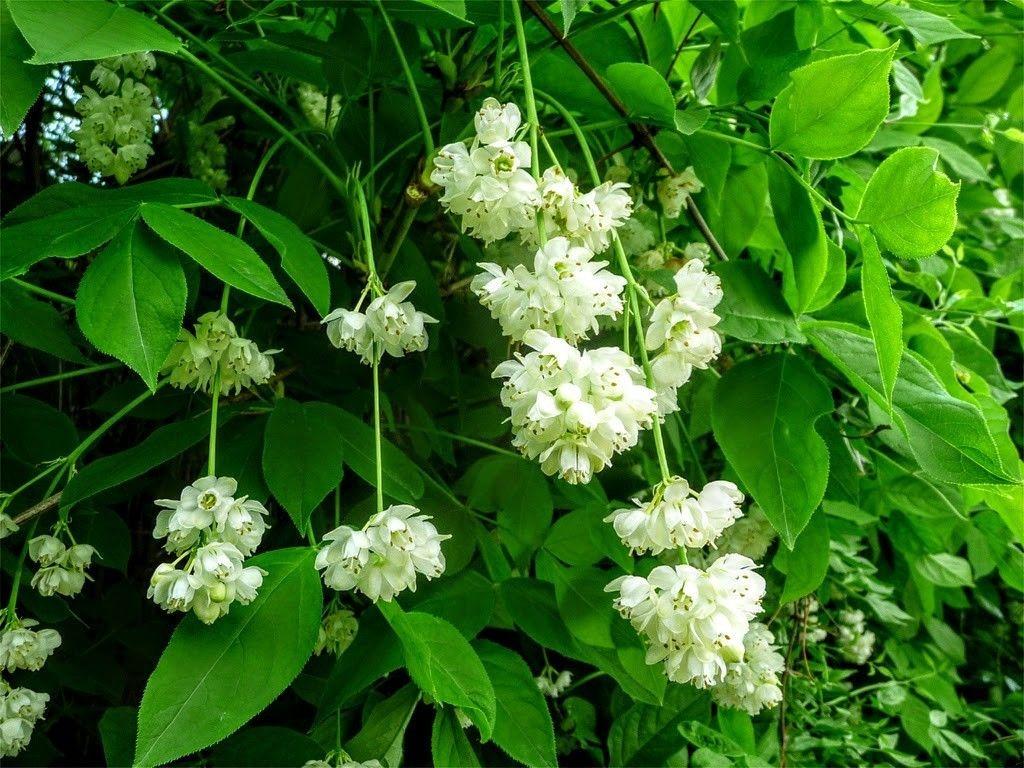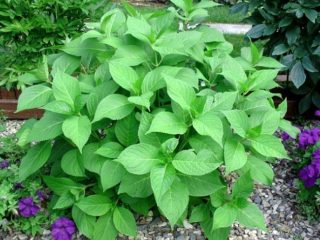Content
House plots are never empty. As a rule, the hostess takes care of decorating the territory, but the male half sometimes helps with the work. Recently, perennials have begun to attract the attention of gardeners, since they do not require frequent replanting. Among the unpretentious crops, the pinnate moth stands out, having beautiful flowers and a pleasant aroma.
Description of the cirrus moth with photo
The pinnate species is a dwarf tree or large shrub, reaching from 2 to 5 m in height.

The maximum size of the plant is recorded in the wild, but in the city the cirrus cirrus is always compact
The cirrus species has powerful stems that bear many inflorescences. Young shoots are green in color, which changes to brown over time. The spreading crown is made up of dense olive branches.
The root system of the plant is highly developed; adult roots go deep into the soil, from where they independently obtain the necessary moisture and nutrients.
The leaves bloom in April and fall in October. The transformation of the bush occurs closer to summer, when the first buds appear on it.They are collected in numerous groups, the total length of which is 8-12 cm. The flowering of the plant lasts a month.
From the outside, the flowers of the klekacha resemble a bell. One inflorescence can contain from 15 to 40 specimens. They are characterized by white colors, diluted in a light pink tone. In place of faded buds, fruits are formed - boxes filled with fresh seeds. The fruits (depending on whether they belong to shrubs or trees) reach 5-10 cm in diameter.
In windy weather, you can hear the unusual sound of the plant, reminiscent of a baby rattle - it occurs due to the vibration of the seeds inside the fruit.

The pinnate bolls of the plant ripen for a long time and do not fall off until next year.
Where does it grow
The cirrus species is found in the Caucasus, the USA, Japan and Ukraine. The culture grows at higher elevations. Thanks to its adaptive abilities, it can be cultivated in urban areas. In Russia, the cirrus moth is also found, but much less frequently.
Methods of application
The plant is used in group and solitary plantings; it is perfect for decorating front gardens, cottages, courtyards, parks, and lawns. The use of the perennial is not limited to this: pinnate mole is valued in folk medicine for its rich vitamin composition, the ability to strengthen neural cells responsible for memory, and also improve digestion.
Landing Features
The planting site is selected according to the habitat conditions of the cirrus moth in the wild.She prefers light shade or sunlit areas. Due to their growth potential, plants are not planted close together, otherwise competition will occur.
The perennial takes root faster if you use cuttings with blossoming roots or an annual seedling as planting material. Flowering occurs in the third year.

When planting seeds, flowering waits much longer
Seedlings are planted from April to June. When the soil warms up enough, work begins. First, dig a hole 50 x 50 cm, put drainage in it, “fill it” with fertilizer and only then place the plant.
The root shoots of the pinnate moth should be straightened. After planting, the soil is compacted by hand to eliminate air bubbles. The neck is left on the surface; experts do not recommend burying it. At the end, the mite of this type is watered and mulched
Care instructions
Subsequent care for the klekachka tree includes:
- weeding;
- sanitary haircut;
- watering;
- mulching;
- loosening.
To improve the decorative appearance of the feathery bush, mineral fertilizers are used. At an early age, do not resort to additives, since nitrogen can burn young roots. As a fertilizer, use a 1-liter solution of humus and herbs with the addition of a bucket of water.

Another recipe - 20 g of urea per 12 liters of water
For the first two years, the plant is covered with non-woven material. Then the crop will adapt to the conditions and will only need winter mulching.
Reproduction methods
The feathery type of moth is propagated by:
- root suckers;
- seeds;
- cuttings.
The most accessible method is seeds, simply because bags of planting material can be found in any store. They are sown in the fall; in the spring, the seeds must undergo stratification for 2 months in the refrigerator.
The planting site is prepared 3-4 weeks in advance: the area is dug up and humus is added. The seeds of the feathery plant are buried at a depth of 30 mm, and seedlings are expected to emerge in 2-3 years.
Photos in landscape design

Because of its snow-white flowers, the cirrus species is often called a noble plant.

The result of growing a perennial in natural conditions is always amazing

Since the plant can cover windows, the bushes should be trimmed periodically
Conclusion
Cirrus cirrus has huge fruit-like fruits. They are truly edible, since the plant shell contains useful seeds. The latter have poor germination, despite their size. The material germinates within 2-3 years.







